The sperm is the male reproductive cell with a single rather than a double set of DNA. It has a flagellum with which it can move independently to the egg cell.
What is the sperm?
A sperm is the male equivalent of the female egg. The male reproductive cell is produced in the epididymis and excreted together with semen during ejaculation. The sperm is viable in this seminal fluid for several days and moves partly with its own flagella, partly with the help of other sperm, to the egg cell. The sperm migrates through the uterus and fallopian tubes until it finds the egg.
Once it has penetrated it, the sperm sheds its scourge and its DNA set mixes with the egg cell's DNA set, which is also simply there, to create a genetically new human being. As soon as boys become sexually mature, they experience their first ejaculation and are henceforth physically able to father children. Depending on the quality of the sperm, men, unlike women, can remain fertile for a lifetime, but the sperm itself is also the most common cause of decreased or no male fertility.
Anatomy & structure
A sperm is identical to an egg in one respect: it has only one simple set of DNA. Each cell in the body has a double set of DNA, one strand from the mother and the other half from the father. However, both sets of DNA can never be passed on, but only one at a time, so that the newly created person also only has two sets of DNA. That is why a sperm fulfills no other function than reproduction. For this purpose, in addition to the cell membrane, it has a flagellum, which makes it significantly different in shape from the egg cell.
This is used for locomotion - however, recent studies show that not every sperm cell makes its own way, but that there are a few sperm cells that are intended for fertilization. All other sperm are released to help these fertilizing sperm on their way to the egg cell. With its pointed shape, a sperm can penetrate an egg cell, whereupon its cell membrane changes in such a way that no further sperm can penetrate to its nucleus. Male reproductive cells are always excreted with sperm fluid, which also helps them with transportation and survival for days.
Function & tasks
The only job of a sperm is to fertilize a female egg. For this purpose, it is completely different in its structure than other body cells and, in contrast to these, cannot produce any new body mass in order to build up muscles, for example. In a biological sense, the main task of a sperm is to move through the uterus and fallopian tubes and to mix the male DNA with the female DNA.
During the production of sperm, the male body must first ensure that a normal cell with a double set of DNA becomes two new cells with a single (haploid) set of DNA in what is known as meiotic cell division. At the same time, the cell shape of this cell must develop a flagellum and a pointed head. In meiotic cell division, malfunctions can lead to the first disturbances that do not directly hinder the healthy functioning of the sperm, but can pass on inherited diseases to the child who cause them. Completely produced sperm remain in the scrotum for a while, where they are stored until they ejaculate.
They only live for a short time, so that new sperm must be continually produced. However, if they are ejaculated, they continue to move independently and with the support of other sperm, all the way to the unfertilized egg cell. The aim of the sperm is to reach the egg before the other reproductive cells and to penetrate them so that it does not let any more sperm through its cell membrane.
Diseases
The most common disorders in men that lead to reduced or completely absent fertility include disorders of the number and mobility of sperm cells. If a fertility specialist finds too few living or sufficiently motile sperm in the ejaculate, fertility is considered to be limited or even completely absent. Such disorders have various causes, but can also affect healthy men outwardly.
The higher the age, the more likely it is that the number and quality of sperm will decrease. The meiotic division process in which a sperm is formed can also lead to errors in the division of the DNA strand. This creates a sperm that passes on a faulty set of DNA. At best, this will result in the child leaving before the woman realizes she is pregnant. Some hereditary diseases that are passed on in this way do not prevent the development and birth of a child, but the affected child is hereditary. Venereal diseases can also be passed on through the semen, although not directly through the sperm itself.
The greatest danger of our time is AIDS, as there is no cure for this viral disease. Other sexually transmitted diseases such as gonorrhea or syphilis, which can be dangerous even today, are also passed on through unprotected sexual intercourse and are therefore often viewed as a health risk from sperm, although they are more related to the sperm fluid. A sperm itself does not become ill and remains fully functional.
Typical & common venereal diseases
- Chlamydia (chlamydial infection)
- syphilis
- Gonorrhea (gonorrhea)
- Genital warts (HPV) (genital warts)
- AIDS
- Ulcus molle (soft chancre)

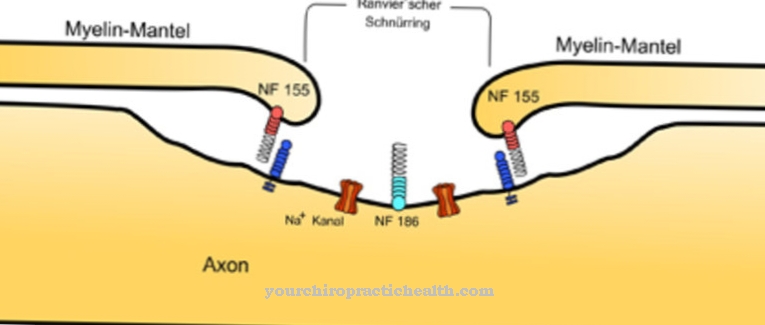
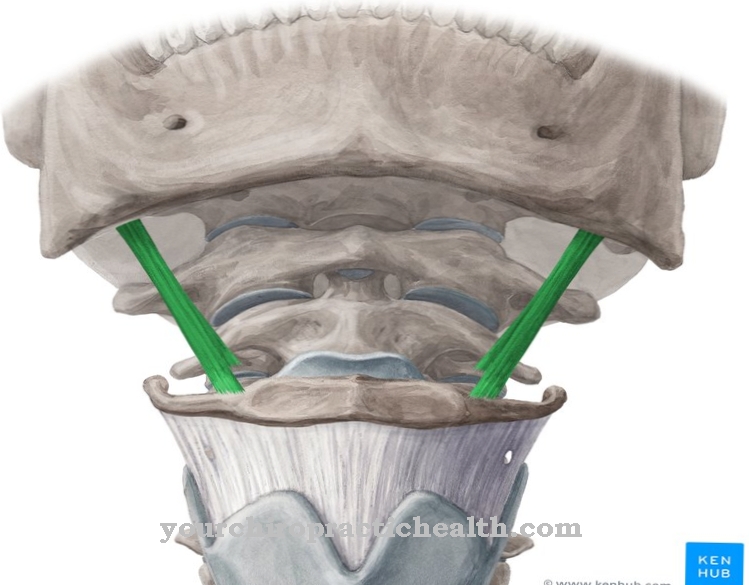
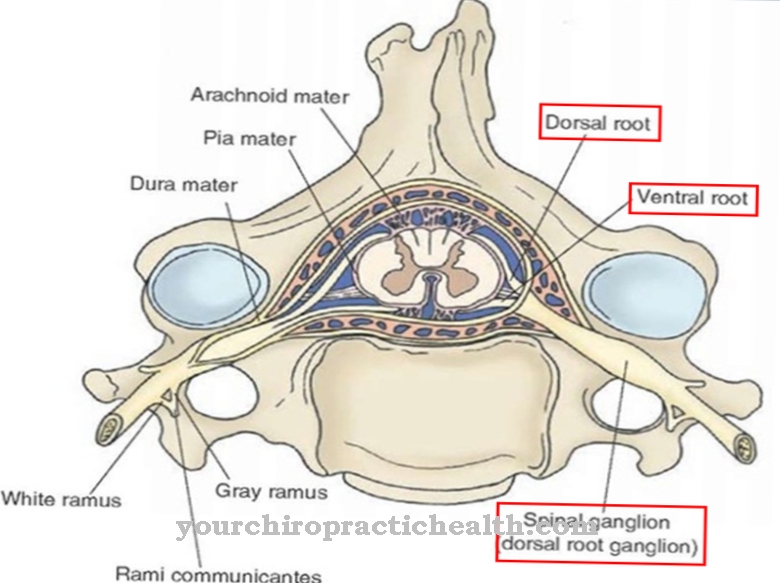
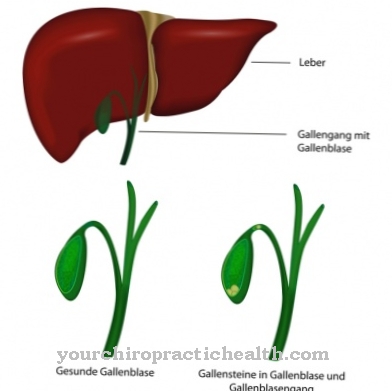
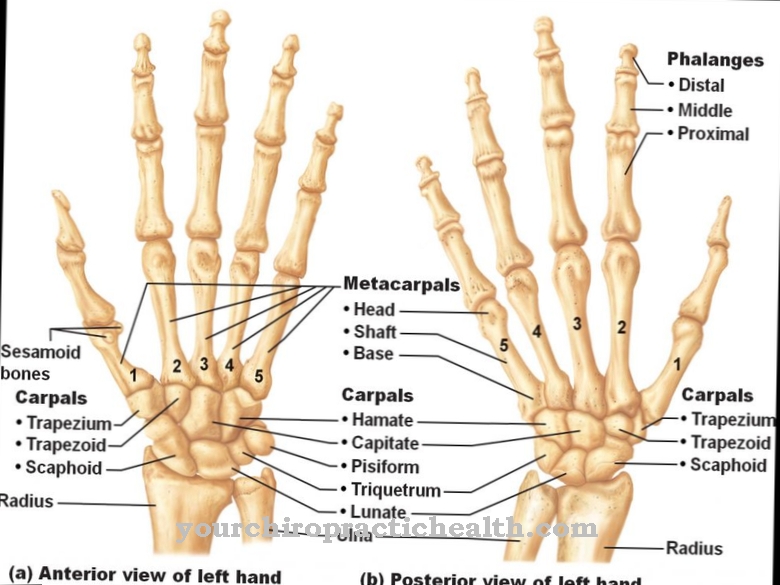






.jpg)



.jpg)










.jpg)
